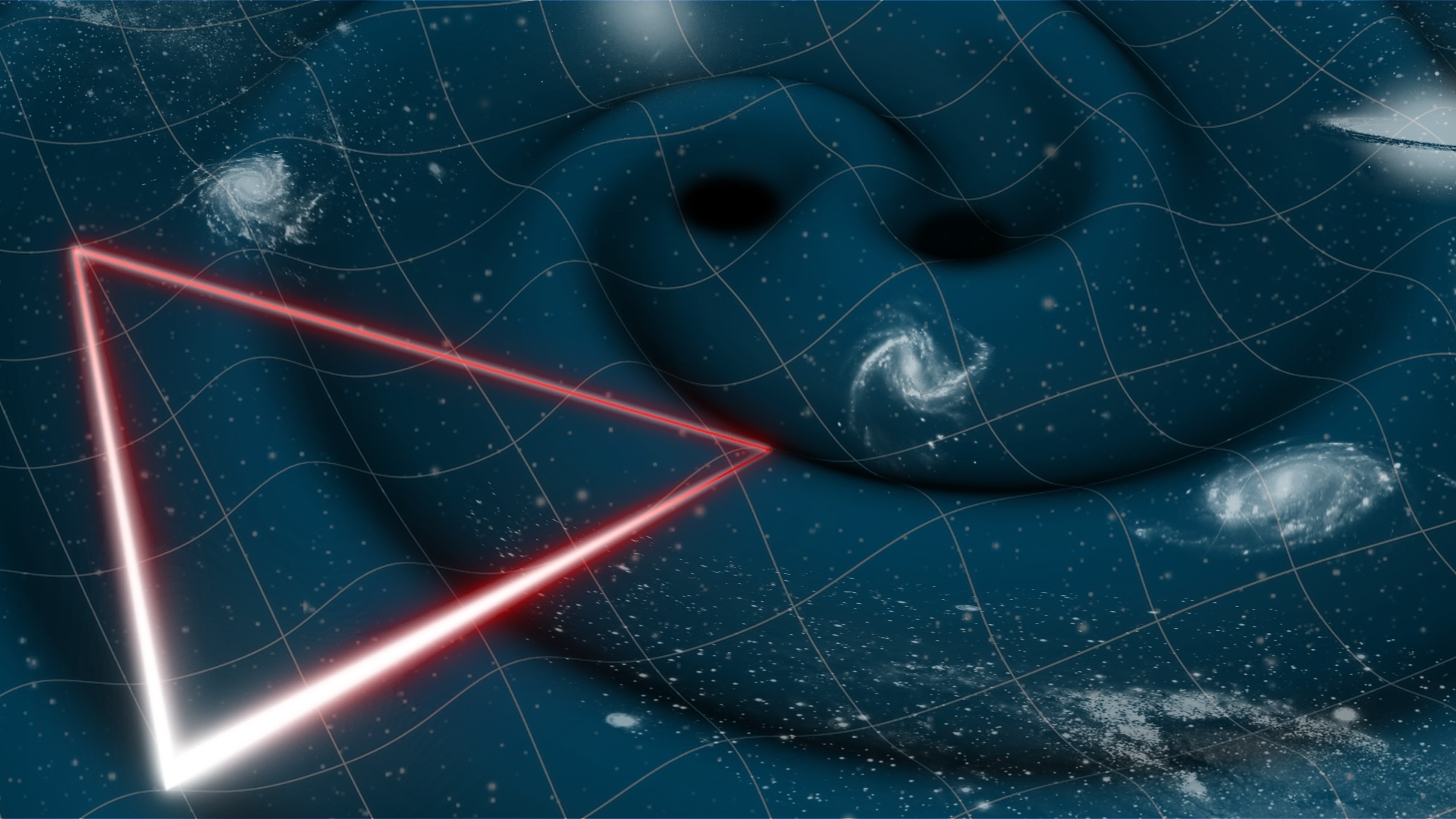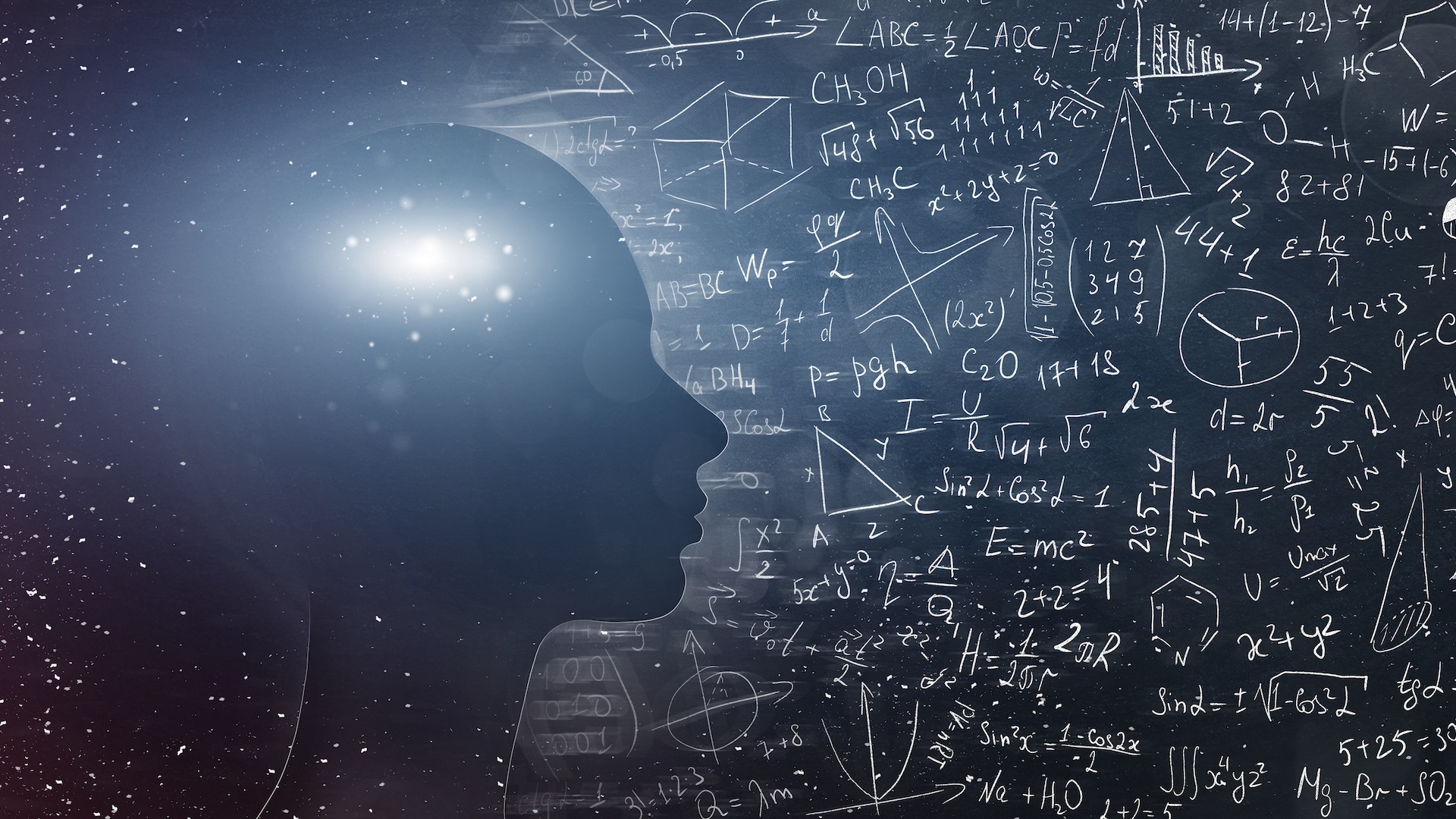Physics & mathematics news, features and articles
Explore Physics & Mathematics
Editor's Picks
Latest about Physics & Mathematics
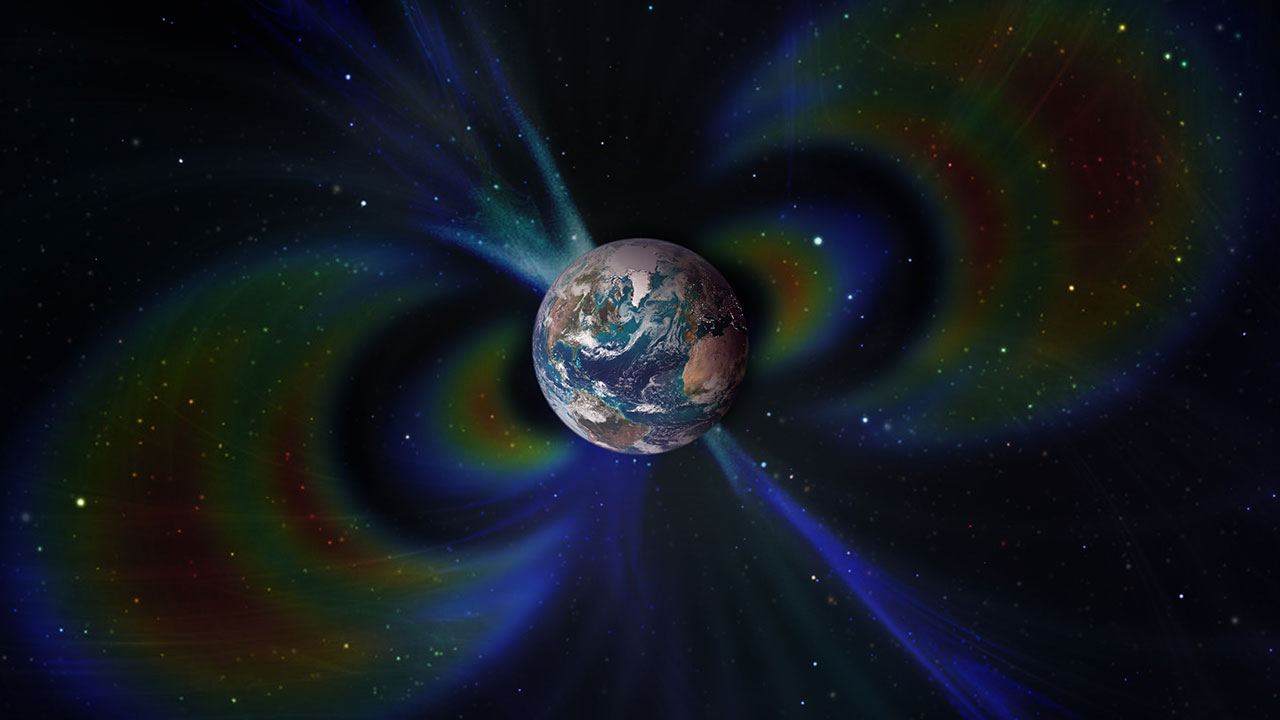
'A force more powerful than gravity within the Earth': How magnetism locked itself inside our planet
By Frank Close published
"As the magma cooled to form what is today the world's solid outer crust, magnetism was locked into minerals containing iron, such as magnetite."
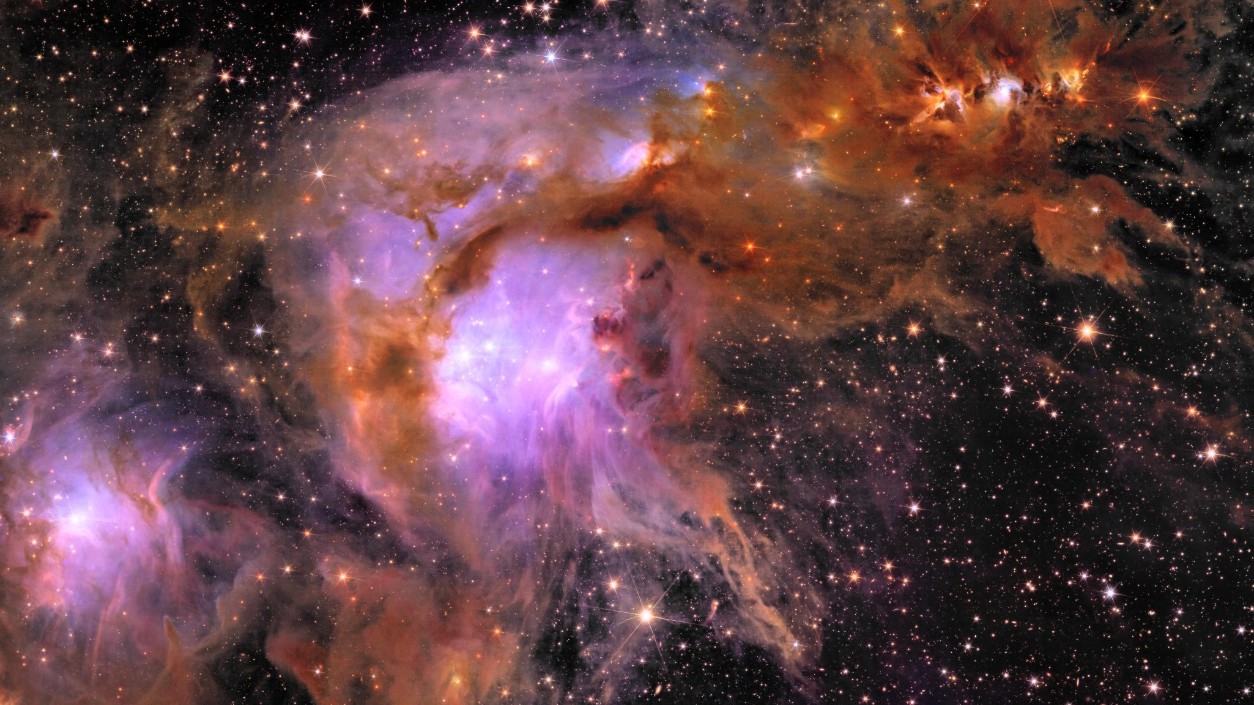
Euclid space telescope reveals more than 300,000 new objects in 1st 24 hours of observations (photos)
By Ben Turner published
The Euclid space telescope has released five mesmerizing new photos of our universe, kicking off a six-year campaign to unveil the secrets of dark matter, dark energy and other cosmological mysteries.

Can a commercial airplane do a barrel roll?
By Jennifer Nalewicki published
Pilots have been doing barrel rolls in small planes throughout the history of aviation. But has anyone ever attempted this maneuver in a commercial airliner?
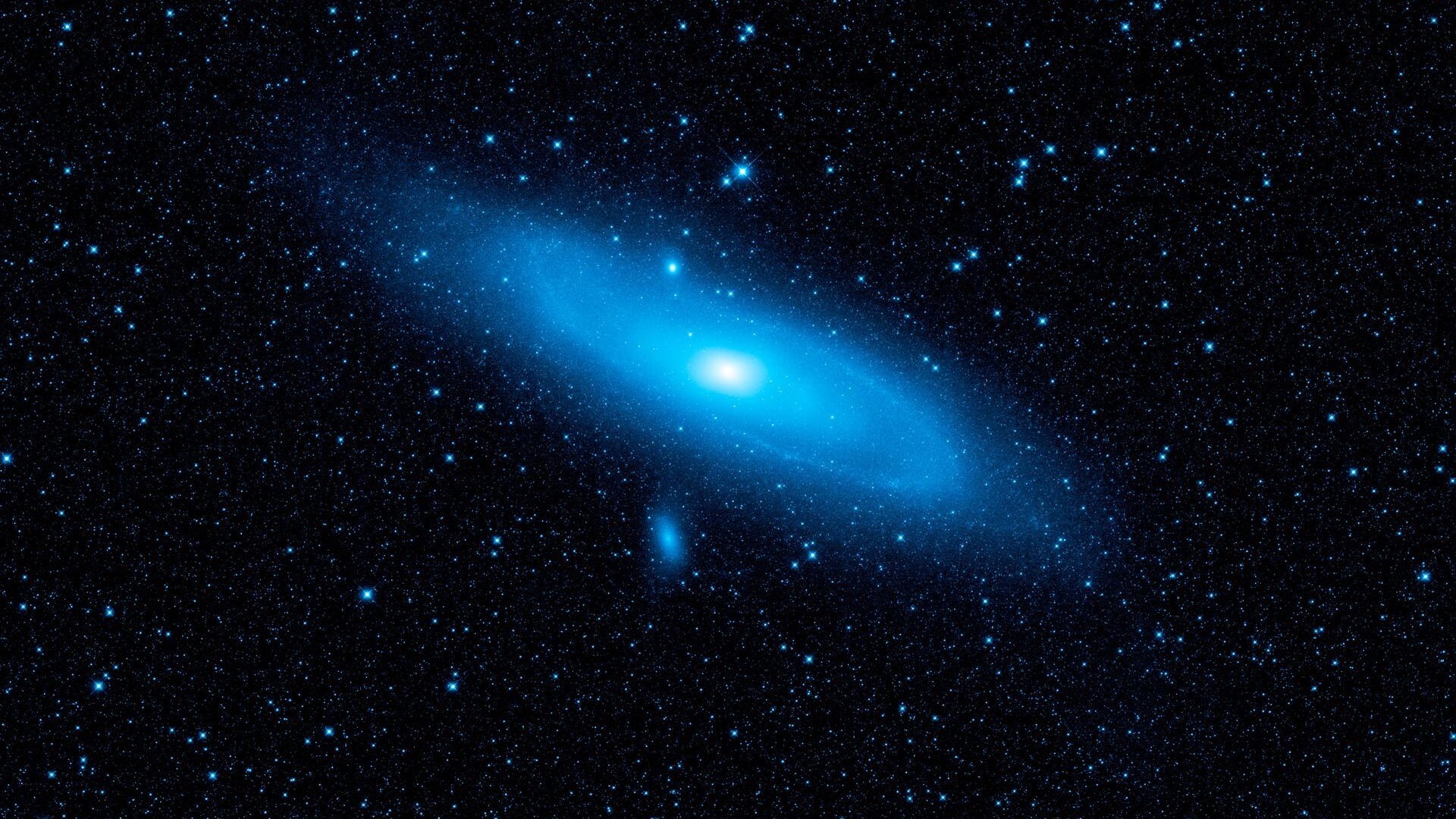
A new theory of quantum gravity could explain the biggest puzzle in cosmology, study suggests
By Andrey Feldman published
A new theory of quantum gravity, which attempts to unite quantum physics with Einstein's relativity, could help solve the puzzle of the universe's expansion, a theoretical paper suggests.
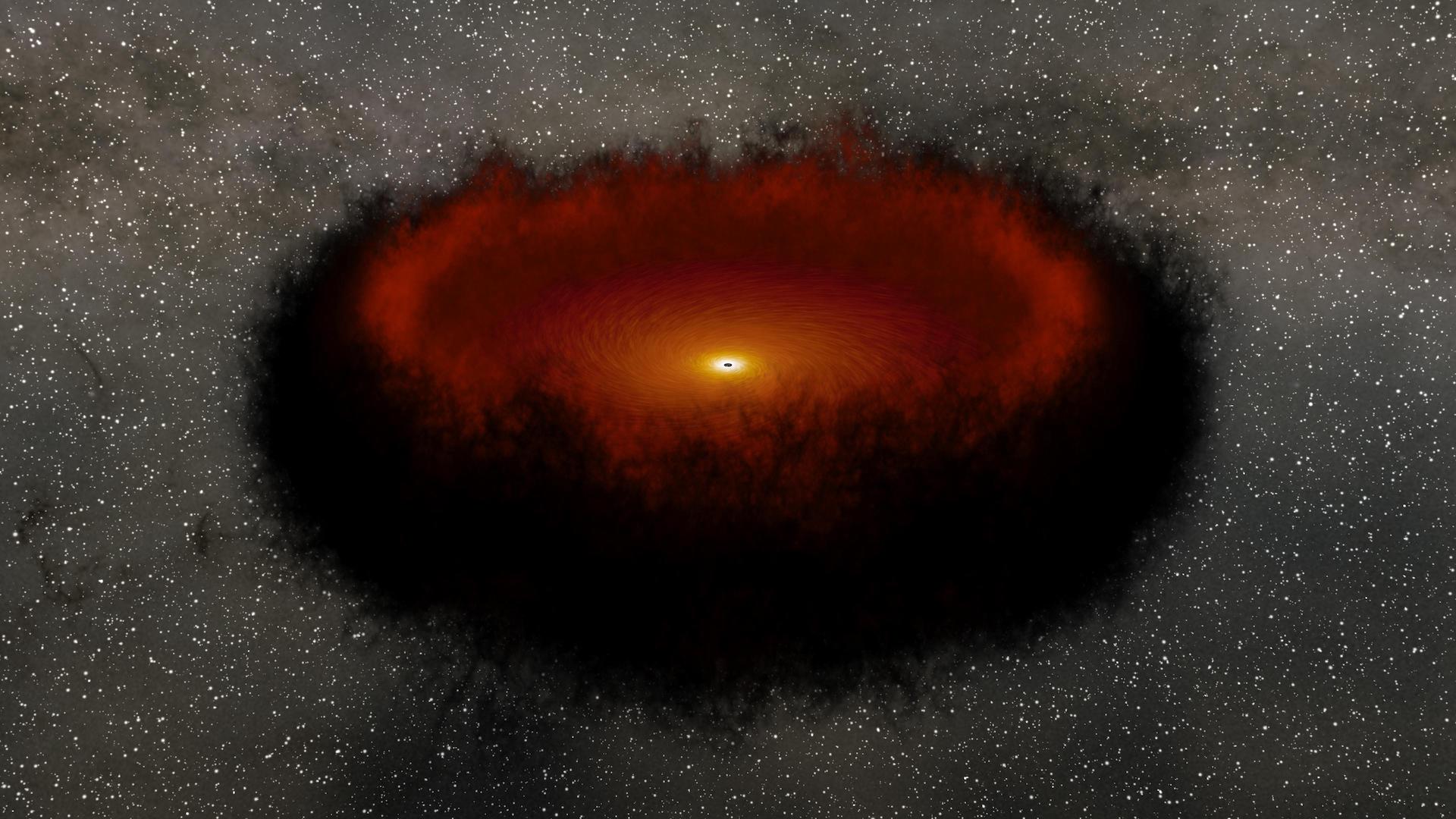
Black hole singularities defy physics. New research could finally do away with them.
By Andrey Feldman published
Black hole singularities defy the laws of physics. New research presents a bold solution to this puzzle: Black holes may actually be a theoretical type of star called a 'gravastar,' filled with universe-expanding dark energy.
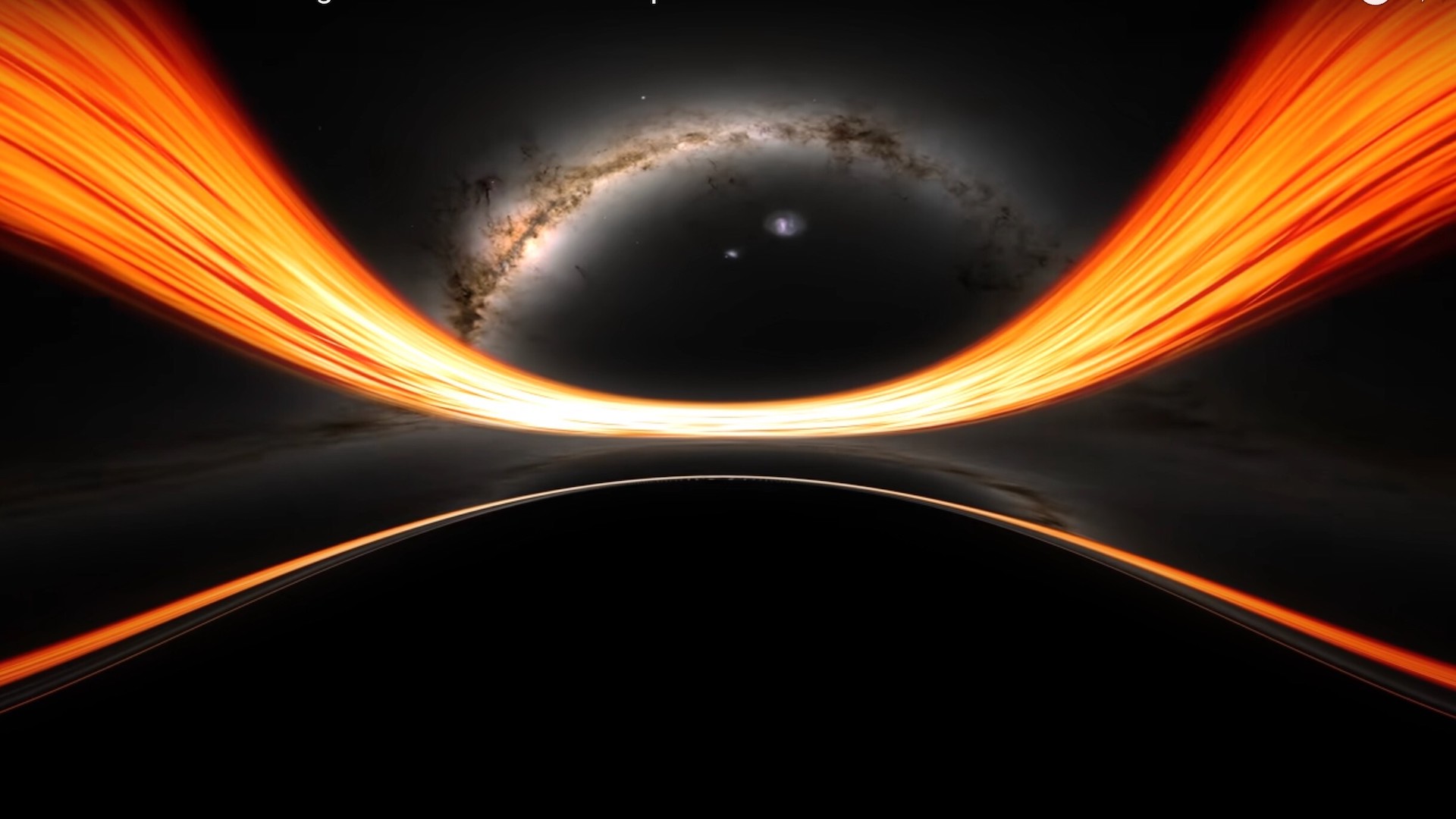
Newfound 'glitch' in Einstein's relativity could rewrite the rules of the universe, study suggests
By Ben Turner published
Einstein's theory of general relativity is our best description of the universe at large scales, but a new observation that reports a "glitch" in gravity around ancient structures could force it to be modified.
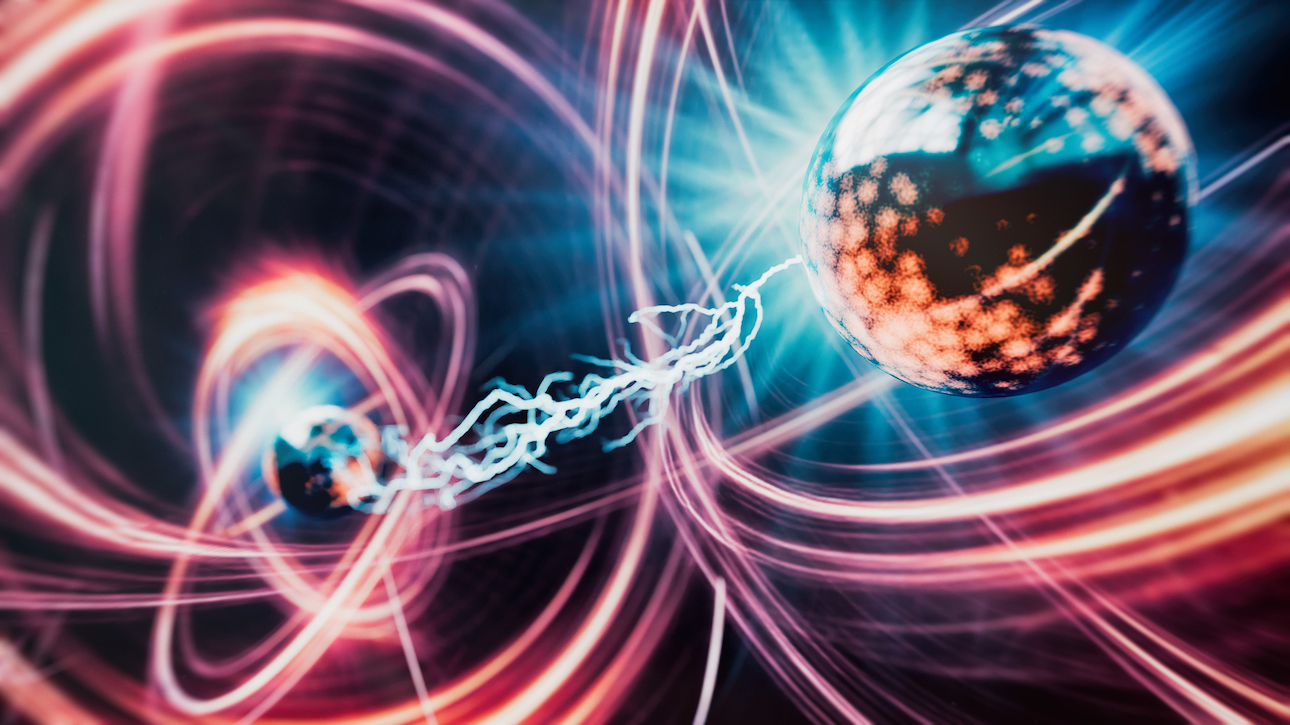
Atoms squished closer together than ever before, revealing seemingly impossible quantum effects
By Victoria Atkinson published
Using a clever laser technique, scientists have squished pairs of atoms closer together than ever before, revealing some truly mind-boggling quantum effects.
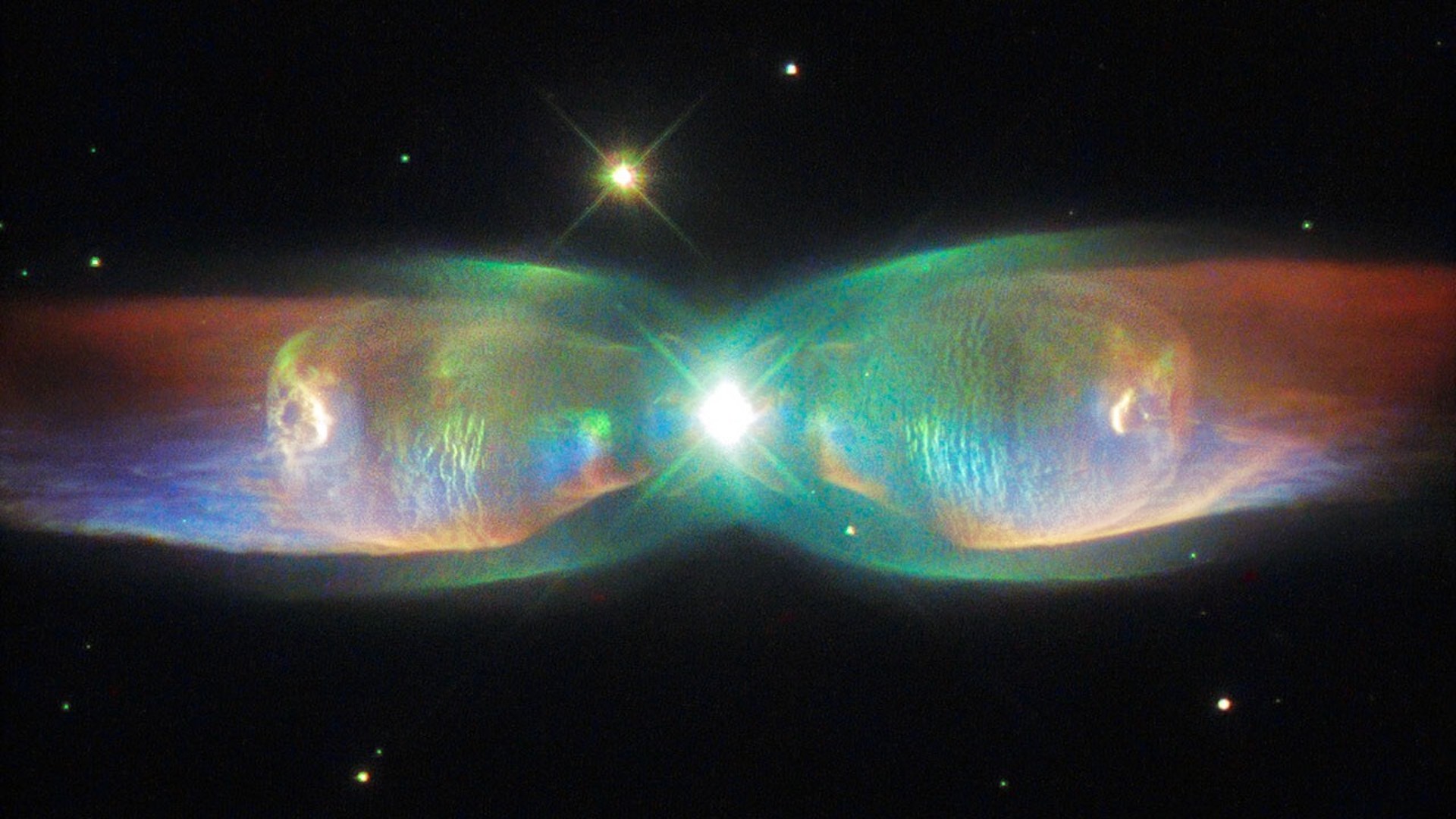
Giant 'rogue waves' of invisible matter might be disrupting the orbits of stars, new study hints
By Paul Sutter published
New research shows how disruptions to binary star systems could be the key to detecting space's most confounding substance — dark matter.

Can mirrors facing each other create infinite reflections?
By Sarah Wells published
Infinite mirrors are a fun party trick, but the physics behind this phenomenon explains why it may not be true.
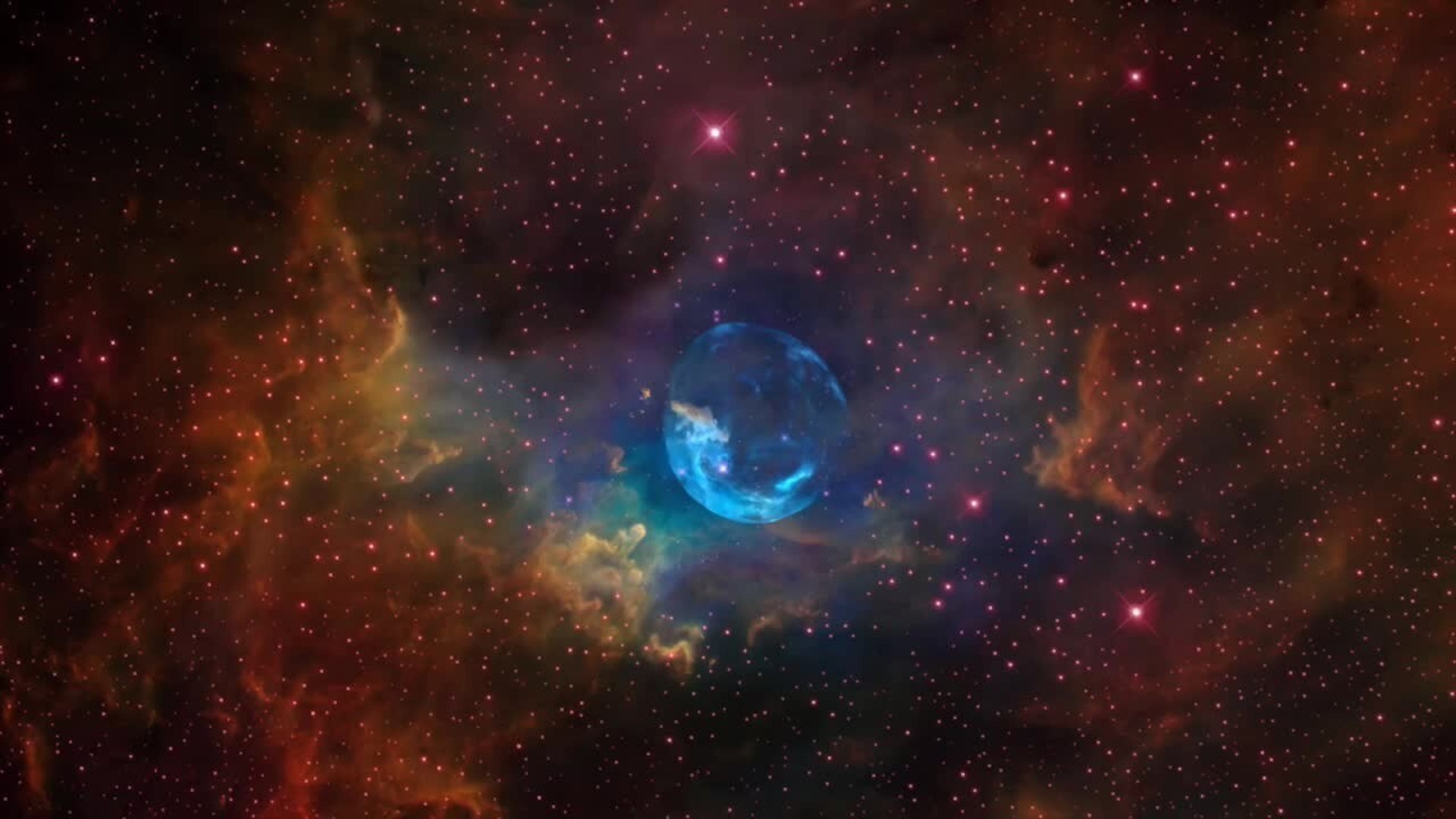
Cosmic 'superbubbles' might be throwing entire galaxies into chaos, theoretical study hints
By Paul Sutter published
When there are multiple supernovas in the same galaxy, they can leave enormous voids that tamper with the balance between dark matter and regular matter. Over time, this can throw entire galaxies into chaos.
Sign up for the Live Science daily newsletter now
Get the world’s most fascinating discoveries delivered straight to your inbox.

